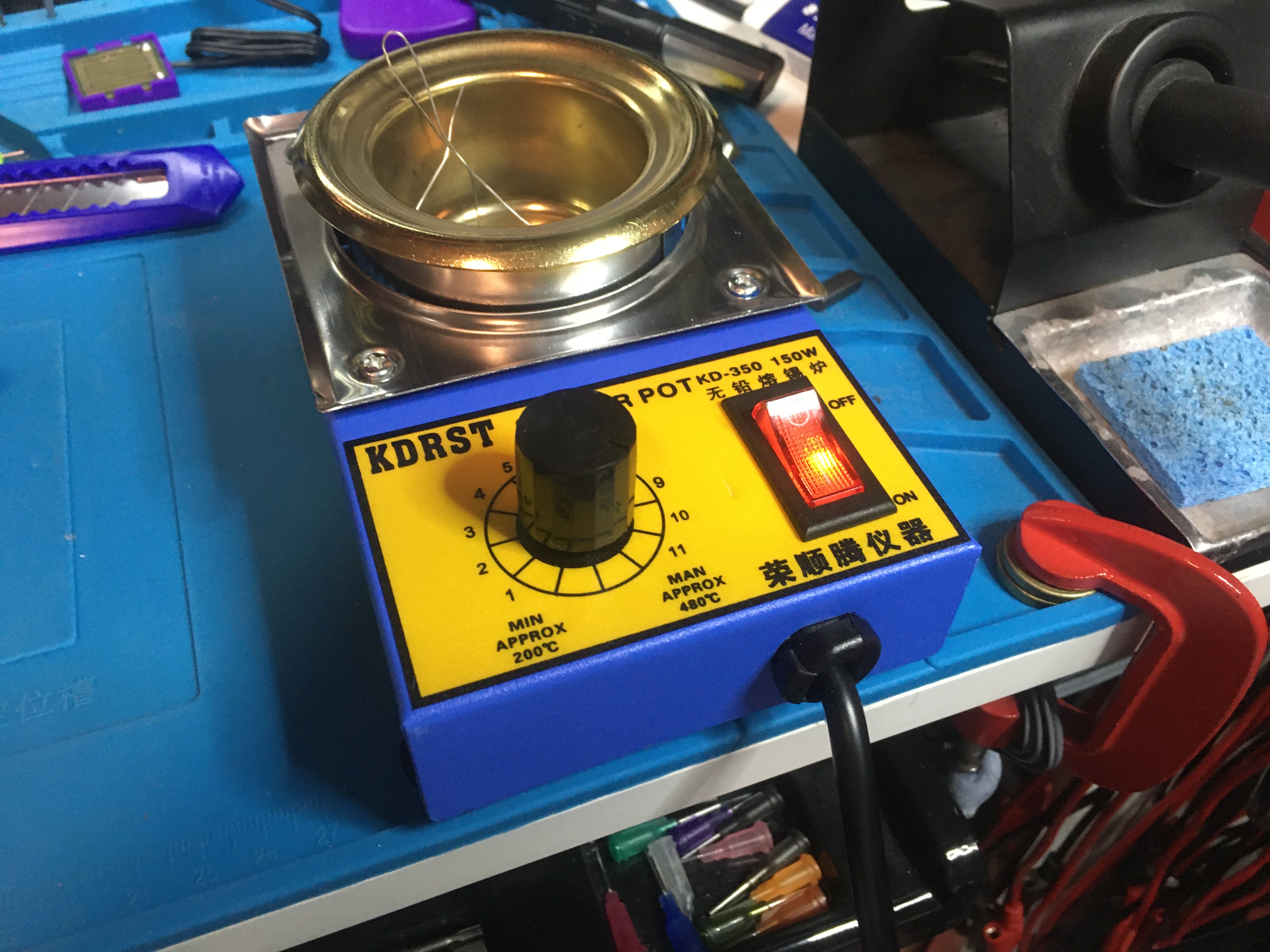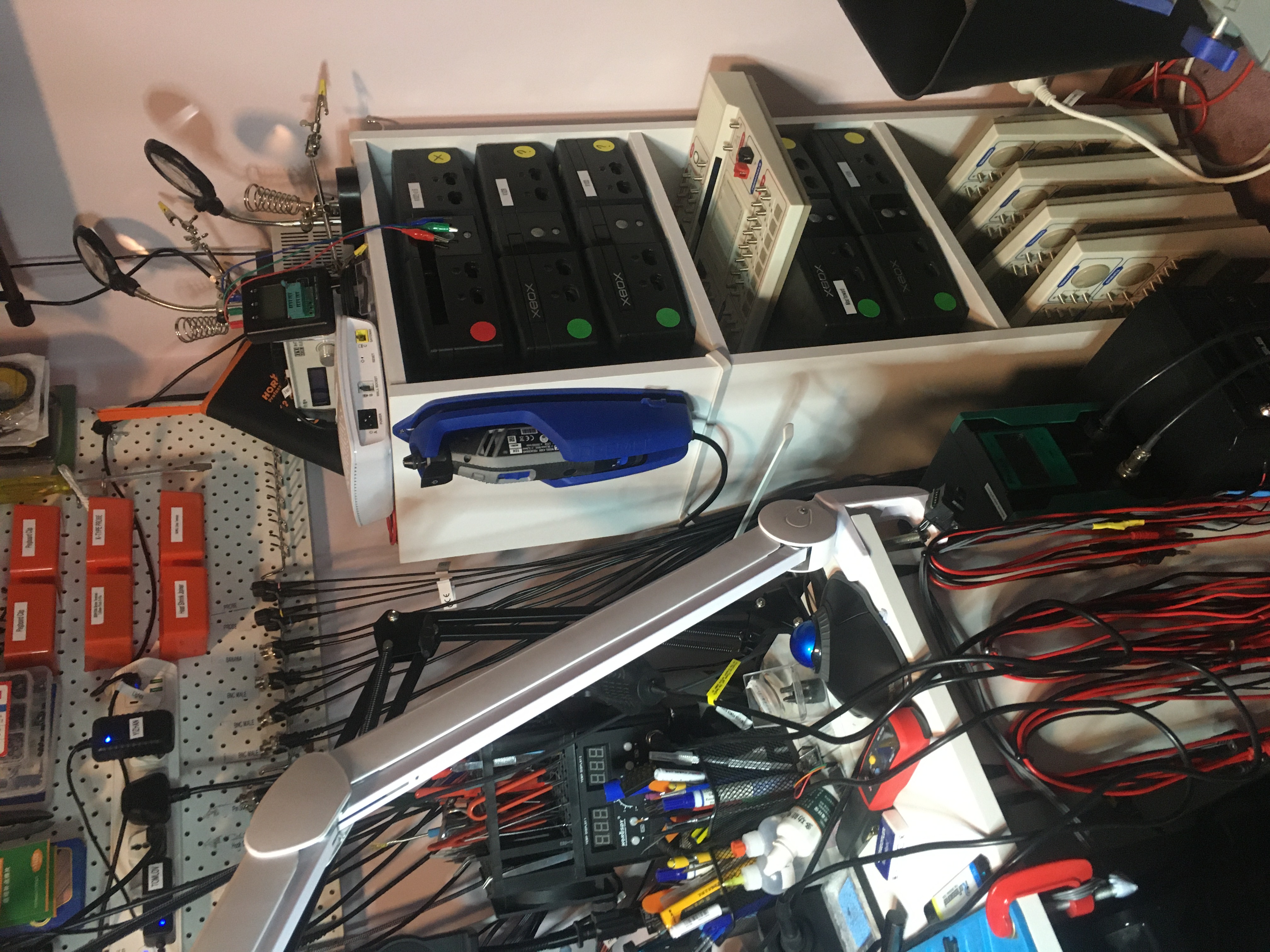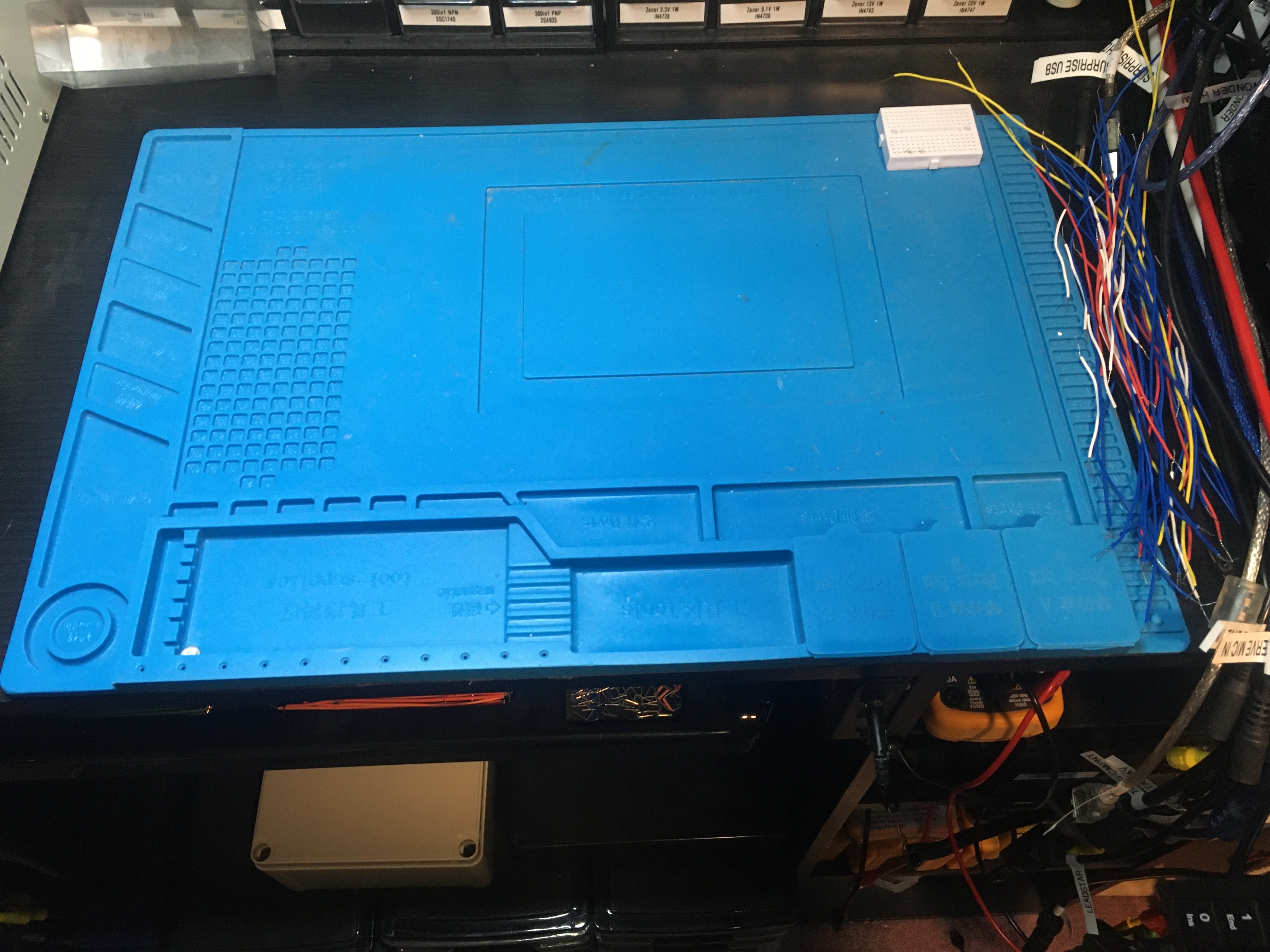This post is part of my video blog and you can find more information about this video over here.
You can support this channel on Patreon: patreon.com/JohnElliotV
Silly Job Title: Buzz Boss
In this video I build and test this kit I purchased from AliExpress: ICL8038 Monolithic Function Signal Generator Module Sine Square Triangle Signal Generators DIY Welding Practice Kit.
My notes are on my wiki: ICL8038.
Thanks very much for watching! And please remember to hit like and subscribe! :)
Following is a list of products I use which may appear in my videos. Clicking through on these links before purchasing from Amazon, eBay, or AliExpress is a great way to support the channel at no cost to you. Thanks!
Note: you can skip this if you would prefer.
Let’s go shopping!










































































































































































